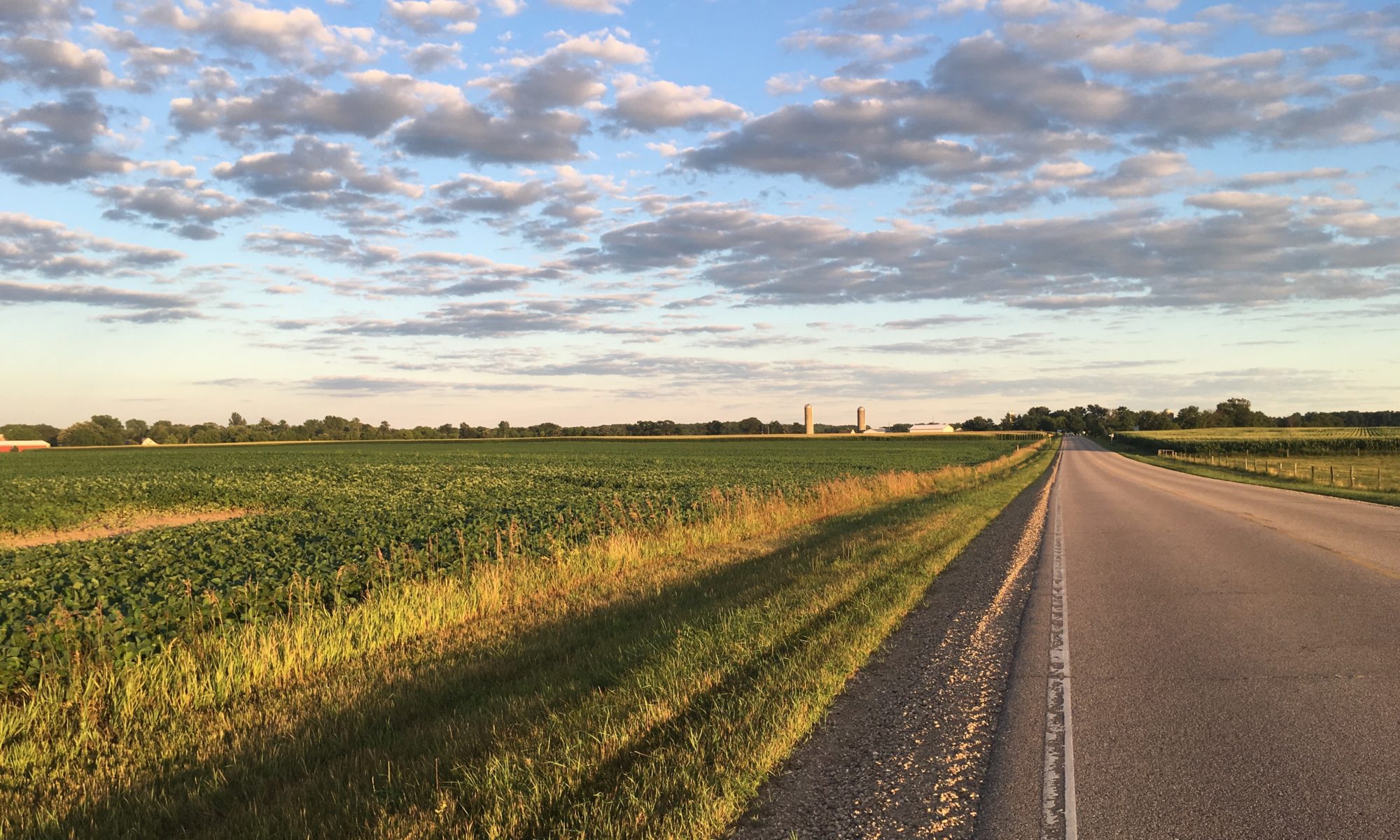Every Wednesday, on Writing Under Pressure, you’ll find a post based on Today’s Word (from Wordsmith.org). Check Wednesday’s Word on the sidebar for past essays, poems, or flash fiction pieces.
Today’s word:
shangri-la. noun. an imaginary, idyllic place that is remote and secluded.
After reading the definition, I had an idea of the kind of story I wanted to write. The quote that follows the word on Wordsmith.org solidified my idea:
“For just one hour you think you are living in dreamland, a Shangri-La, where if life is not yet quite perfect, it will be very soon.”
~Simon Hoggart; Budget 2010; The Guardian (London, UK); Mar 25, 2010.
What follows is a story about a space in time rather than a physical place, a story that grew from a memory. Memories, for me, sometimes appear as old snapshots — thick and colored with shades of brown and yellow – where details can get lost. So, I can’t call the story memoir, but I can’t call it fiction either. I’ll call it biomythography, a term coined by Audre Lorde in her book, Zami: A New Spelling of my Name.
*****
Beulah Land
As a little girl, summers in Texas were marked by heat, not the calendar.
Heat, and the color of the mulberries on the tree that sat deep in the heart of Fort Worth, in the front yard of my grandmother’s small, old house.
“That’s not a tree for climbin’,” she would remind me. “But, go on and pick some berries. The big purple ones. Not the pink.”
In my sundress and bare feet, I stepped out onto her front porch. The cement was warm from the sun, so I stood there until my feet burned.
Then, too short to reach the tree branches, I dragged an old metal chair, by the arms, down the porch steps. I walked backwards and inched the chair across the scratchy grass. Then, I pushed it up against the tree trunk.
I surveyed the branches, which fanned out like an umbrella, and the berries that grew in clusters — plenty of big, purple, plump berries.
Because the ground was uneven, the chair wobbled when I stood on it. But, I held myself steady by grabbing onto the trunk. I walked my hands up the tree and across the first branch. Stretching up on my toes, I pulled off one mulberry.
It was ripe and juicy and took up most of the space in my palm. I wrapped my hand around the mulberry and leaned down to drop it gently into the bowl sitting at my feet.
When the bowl was full, I took it inside to my grandmother. There, in her apron, she stood at the kitchen sink. She washed the mulberries and dried them on a cloth. Then, she set them in the bowl again.
She scattered one, two, three big spoonfuls of sugar over the top, and handed me the bowl.
“Take these on outside, now,” she said with a twinkle in her eye.
The screen door slammed closed and a cool breeze caught the hem of my dress. My feet slapped the cement as I ran down the steps of the porch. I wiggled onto the chair, still at its station under the tree.
Shaded by the mulberry branches, I sat in the heat of a Texas summer and ate mulberries with a spoon. I swung my legs and thought of nothing but the feel of the smooth metal chair on my thighs, the juice of the sweet berries, and the purple stains on my fingers.
[tweetmeme]



